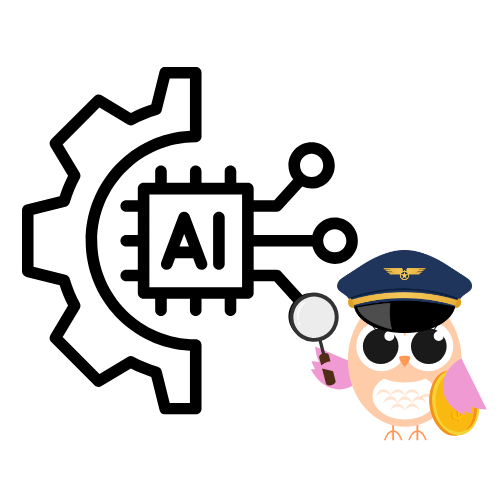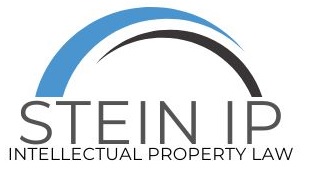docketing@steinip.com
- HOME
- > Blog Main Page
- > AI
- > The USPTO Has Recently Launched the Automated Search Pilot Program Using AI
The USPTO Has Recently Launched the Automated Search Pilot Program Using AI
 By Ann Waldron
By Ann Waldron
Within the patent world, it is common knowledge that legal rights are granted only to inventors of novel and non-obvious inventions. The biggest hurdle is ensuring there is no prior art, which refers to any public information available before the patent application date that could show that an invention is not novel or, in fact, obvious. [1]
Upon applying for a patent at the US Patent and Trademark Office (USPTO), examiners do a search for any prior art. The process of applying for a patent is not only time-consuming but expensive; without knowing if there is any prior art of the invention could lead to these patent applications being denied. [2]
However, the USPTO has just recently announced the launch of an Automated Search Pilot Program (ASPP). This ASPP uses artificial intelligence (AI) tools to perform prior art searches for patents before a patent application is examined. This program will last from October 20, 2025, to April 20, 2026, or until 1,600 applications (approximately 200 per technology center) are accepted. [3]
The program works by allowing applicants to receive an Automated Search Results Notice (ASRN). [3] An ASRN is a list of up to 10 relevant documents ranked by the ASSP. This list is given to applicants before the formal examination period, providing them with early insight into potential prior art concerns their application might encounter.
To participate in this program there must be an original, noncontinuing, nonprovisional utility application filed under 35 U.S.C. 111(A) [4] during the above-mentioned dates. Additionally, the applicant must file a properly signed petition using Form PTO/SB/470 titled “Certification and Petition Under 37 CFR 1.182: https://www.ecfr.gov/current/title-37/chapter-I/subchapter-A/part-1/subpart-B/subject-group-ECFR53cb849d1adf070/section-1.182. This form must be filed electronically in Patent Center on the filling date of the application and be accompanied by the petition fee set forth in 37 CFR 1.17(f). The application fee varies, $90 for a micro entity, $180 for a small entity, and $450 for a large entity.[3]
The ASPP will be able to analyze both patent classification data and application text to identify similar disclosures across US and foreign patent databases. The ASRN will provide applicants with early knowledge of possible prior art. [3] With earlier knowledge, applicants can now amend their claims or abandon the application before substantive examination.
ASPP is still in its infancy; the UPSTO main objective with the program is to evaluate the impact of sharing the results of an automated search prior to examination of a patent application. The USPTO aims to collect data as to the usefulness of the ASRN for applicants in assessing patentability early in the examination period. During or after the program, the USPTO aims to provide an avenue for participants to provide feedback. [3] This will allow the USPTO to judge the effectiveness of integrating AI programs into the examination process and how it impacts prosecution.
[1] U.S. Patent & Trademark Office, Patent Basics, https://www.uspto.gov/patents/basics.
[2] U.S. Patent & Trademark Office, Patent Process Overview, https://www.uspto.gov/patents/basics/patent-process-overview.
[3] Automated Search Pilot Program, Notice, 90 Fed. Reg. 48,161 (Oct. 8, 2025) (to be codified at Docket No. PTO–P–2025–0011).
[4] § 111. Application. Title 35 — Patents, Part II, Chapter 11, United States Code. Available at: https://www.govinfo.gov/content/pkg/USCODE-2023-title35/pdf/USCODE-2023-title35-partII-chap11-sec111.pdf
TAGS:
RECENT POSTS
